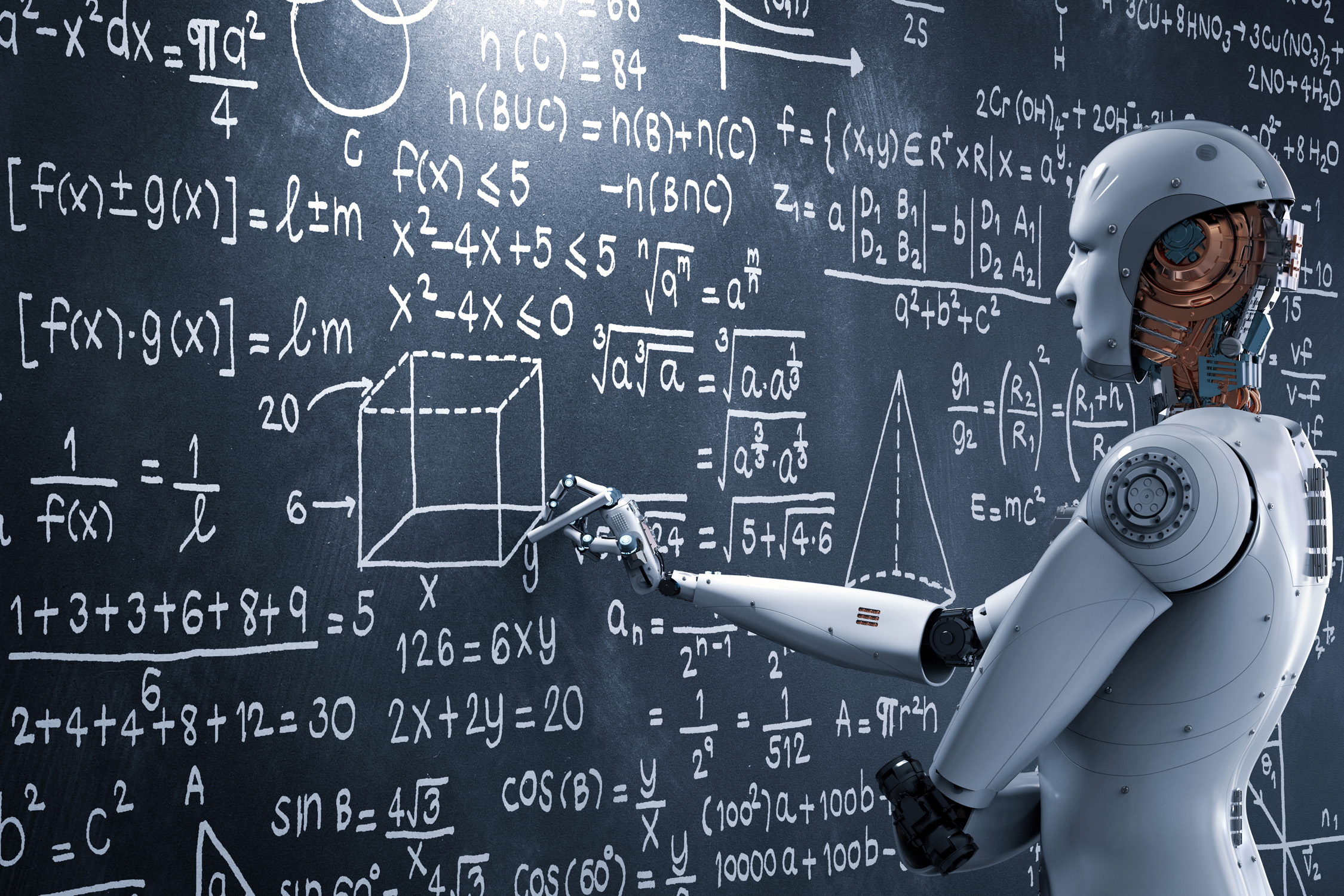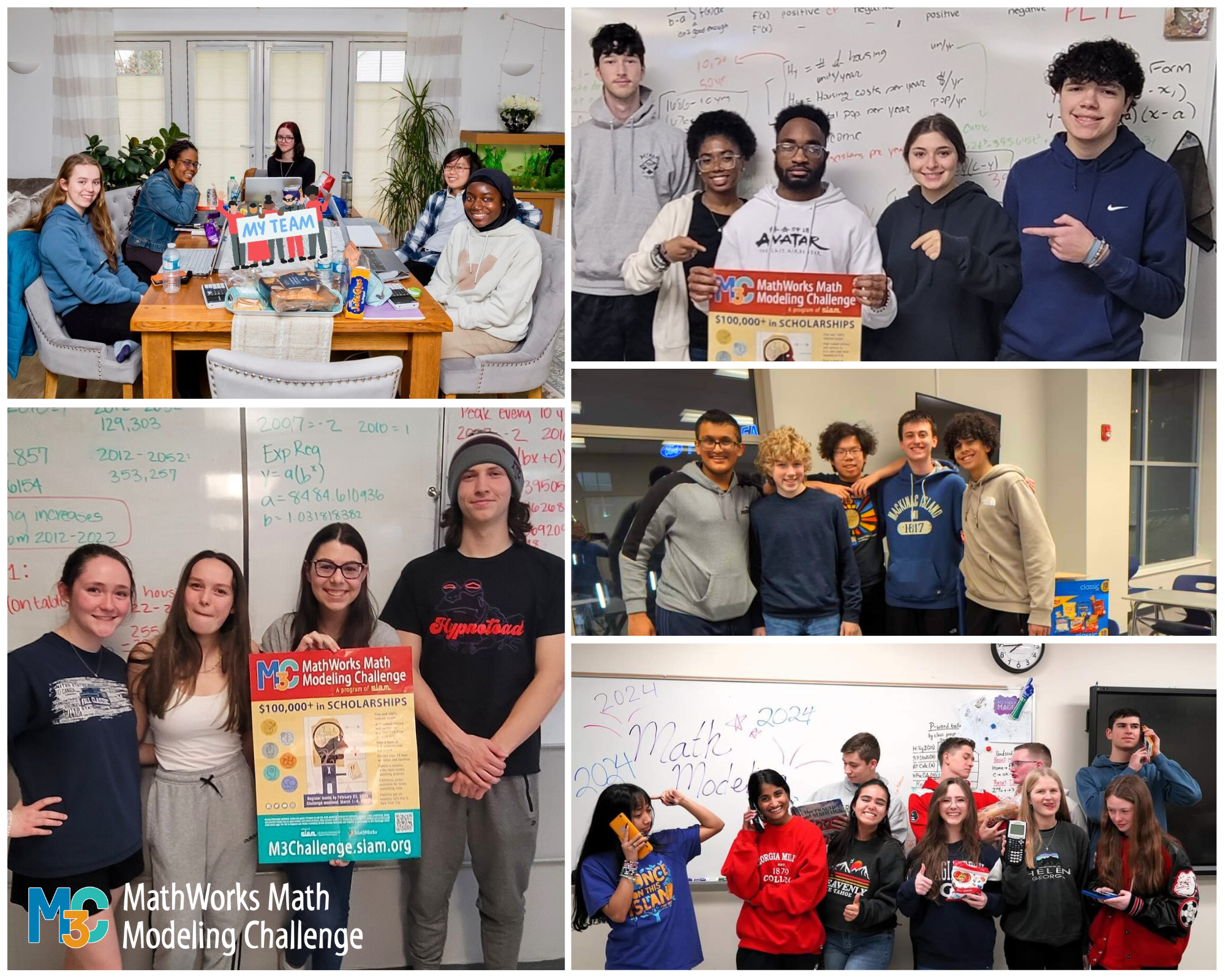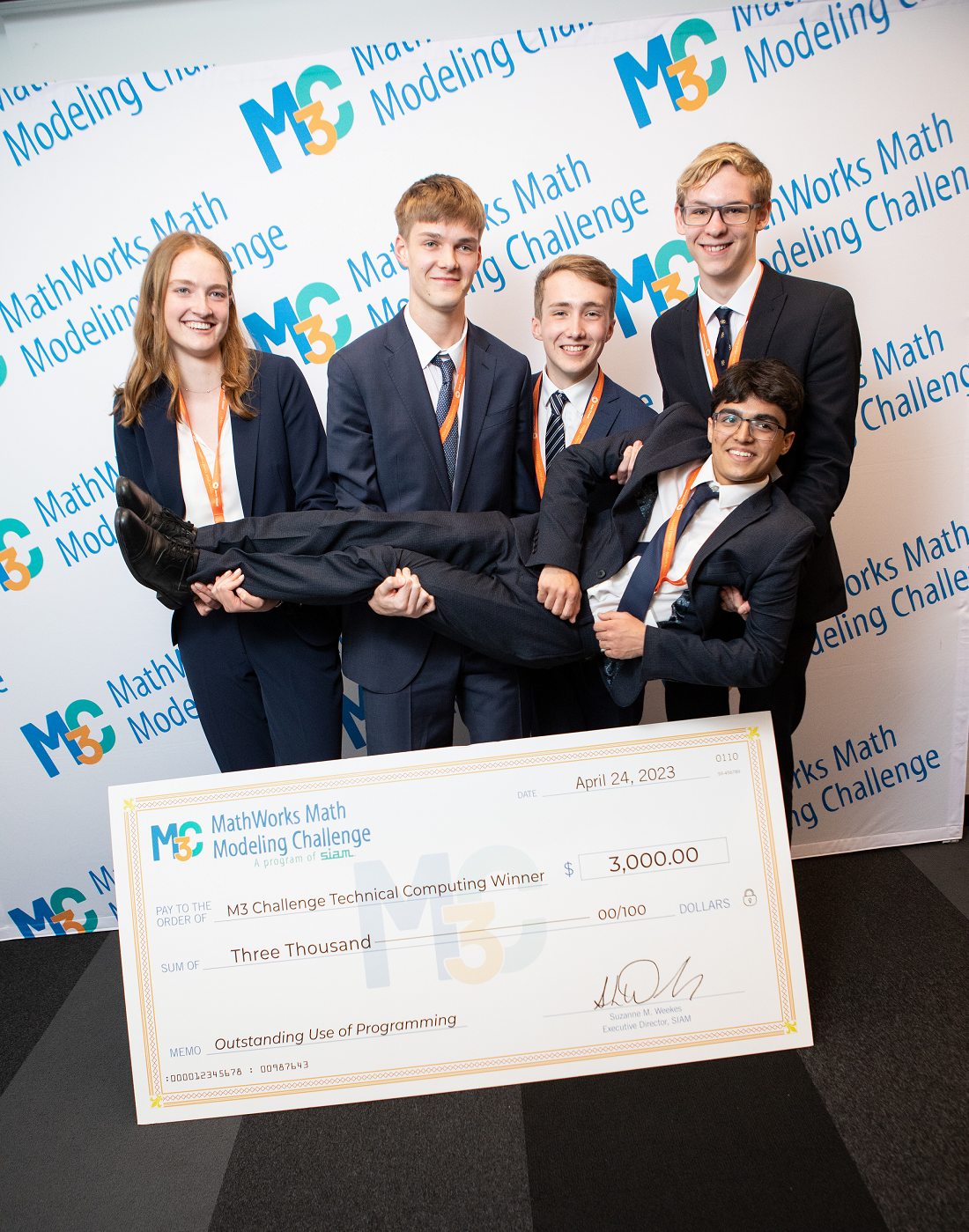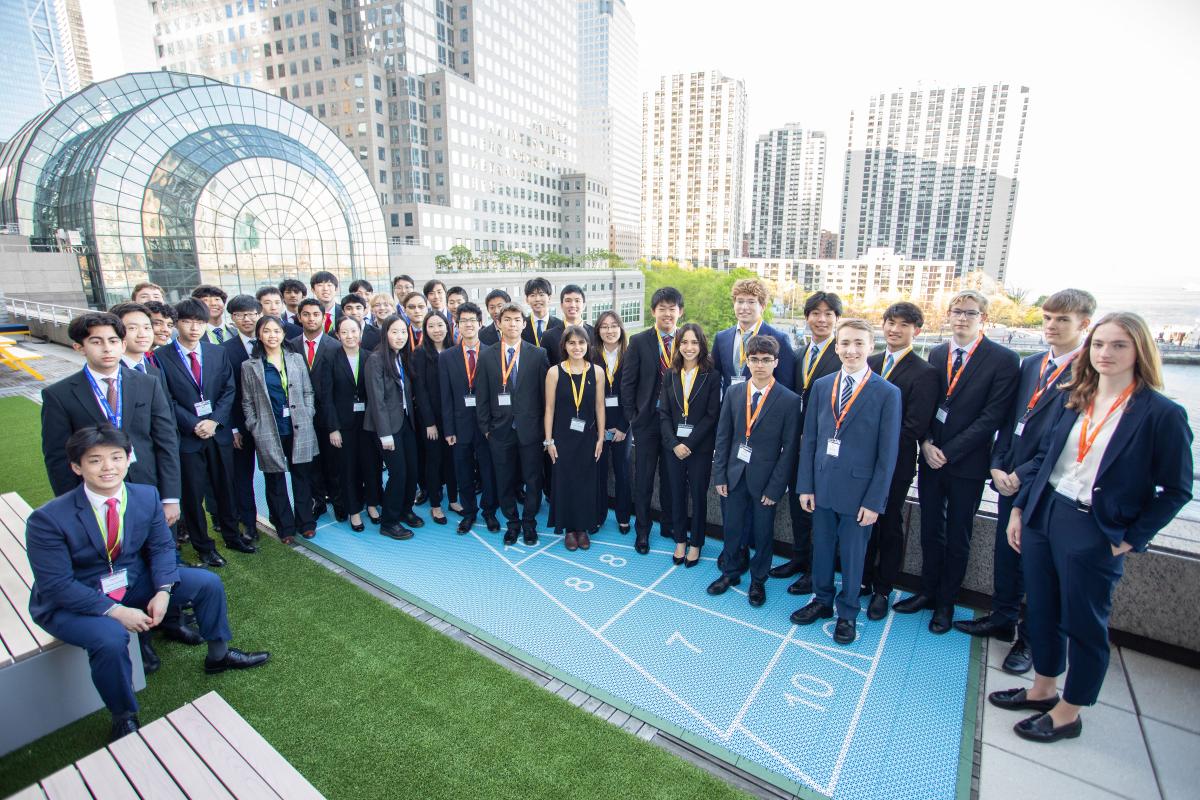Judge Commentary
Kelly Black, Ph.D., Department of Mathematics, University of Georgia
Some broad observations about the students’ entries for this year’s MathWorks Math Modeling (M3) Challenge are provided. The topic for the 2018 Challenge was how to compare the amount of food wasted to the need associated with families who are not food secure. Overall, the quality of the entries continues to improve. We continue to see improvements, but from my personal anecdotal observations, the jump in improvements did not seem as great as it has in previous years. The number of new teams taking part in the event was not as large as seen in previous years, and I suspect that the advisers and students are maturing with respect to how they prepare.
One area in which the rate of improvement seemed stagnant was in the analysis of the resulting models. Student teams appeared to be providing a detailed introspection of their models at a similar rate as last year. It is still necessary for teams to provide a critical view of their model to be able to proceed past the earlier judging rounds, and this remains a key ingredient that sets a paper apart from other entries.
One area of impressive improvement is the students’ response to the first question. It seemed to be more commonplace to read a good discussion and competent approach for the first question. More teams seemed to be able to examine and respond to the first question as well as provide a good, basic model describing the situation. It is exciting to see the event move into another stage where a larger number of teams are able to make good progress and provide a good response. It is clear that advisers continue to adapt and find new ways to support their students. As in previous years, their efforts and dedication help inspire us as we read the results of their service and support.
In this commentary I share some personal insights of my observations. The commentary is divided into three parts. In the first part some of the different approaches employed by the student teams are explored that are specific to the event this year. The second part is an examination of some broader modeling issues and how they relate to the student entries. Finally, some observations about writing and sharing technical information are discussed.





